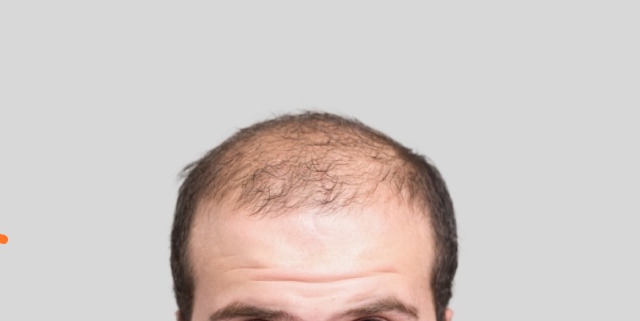alopecia areata treatment
Therapy approaches - Alopecia Areata
The honest and sobering realization about Alopecia Areata is unfortunately that there is currently no cure. And also the existing therapies are either - if they work at all - only effective until they are discontinued, or they are of a rather questionable nature... or even both. Especially since most of the therapies are not approved for affected children under the age of 16.
Are there any cures?
Although the disease is known worldwide and enormous efforts are being made to research the causes, no therapy has yet been found that can causally cure the disease. There are symptom therapies under which partial or even complete re-growth of hair can occur. Very often, however, hair loss occurs again after discontinuation of the therapies. Many dermatologists therefore advise their patients to wait and see. For many of those affected this is incomprehensible and difficult to implement. Especially in the case of affected children, it is difficult for parents to wait and just watch the hair loss inactively. Here, however, self-healing forces may be set in motion that would otherwise be suppressed. After all, the spontaneous healing rate (i.e., renewed hair growth without prior therapy) is 75-80% - and is thus just as high as under the known therapy approaches! For this reason, the sense and effect of all therapies is controversially discussed. Read the 14 best vitamins for hair loss & their effect
Nevertheless, in the following we would like to give you an overview of some of the existing therapy approaches - without claiming to be complete.
Cortisone (glucocorticoids)
Hardly any drug embodies the entry into drug therapy of Alopecia areata as much as cortisone. In many cases, cortisone-containing drugs in the form of solutions or creams are used for small foci of circular hair loss, often at the beginning of the disease. However, the effect of externally applied glucocorticoid preparations is very limited in alopecia areata due to limited penetration into the skin. In addition, there are also the cortisone injections into the scalp, as well as intravenous infusion (pulse therapy). As with most treatments for alopecia areata, however, the aforementioned forms of treatment with cortisone are unfortunately not very effective in influencing the long-term course of the disease, even if the therapy is temporarily successful. Read male pattern baldness.
Topical immunotherapy (e.g. DCP).
Topical immunotherapy consists of repeated application of a specific contact allergen to the head. This creates and maintains an allergic contact dermatitis. New hair growth is stimulated in the scalp treated in this way. Both substances are currently not approved medications and require extensive treatment. Therefore, this method should generally only be used for extensive and severe forms of Alopecia Areata - but not for children at present for formal drug law reasons. The age limit is handled somewhat differently in different medical centers.
Zinc therapy
Zinc therapy is based on the knowledge that Alopecia Areata is a disorder of the immune system. Due to a "misinformation" of the immune system, the organism tries to destroy the hair root with an inflammation. The zinc supplied to the body acts as an immune stimulator and, through complicated biochemical reactions, balances a cellular imbalance in the immune system, which seems to be related to the occurrence of the "misinformation". However, the effectiveness of this therapy is also not certain.
The advantage of this therapy approach is that it is also available for children, since it apparently has no significant side effects. Read hair regrowth for men.
Thymuskin®
Thymus peptides, as used in Thymuskin®, stimulate the cells of the immune system to differentiate and multiply. This stimulation releases messenger substances at the cells which have a modulating effect on the entire immune system network. Based on experience from application observations at several German dermatological and university clinics, Thymuskin® was also used in patients with alopecia totalis and universalis. In 65% of cases, visible hair growth on the head and / or body began after 9 to 12 months (when used daily as a hair shampoo). Thus, the effectiveness of this therapeutic approach does not exceed the spontaneous cure rate and is therefore unfortunately also not assured. However, side effects have at least not been observed.
More information on the individual therapy approaches can be found in our brochure, which you are welcome to request at the office.





Comments
Post a Comment